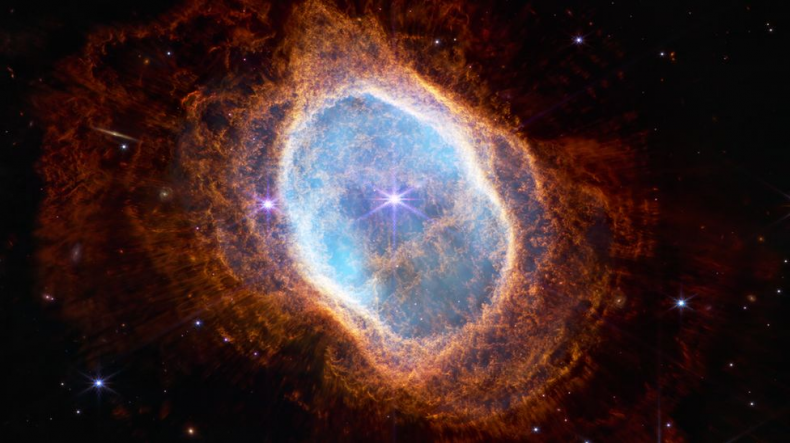
Nasa's James Webb Space Telescope reveals millions of galaxies
There were 10 times more galaxies just like our own Milky Way in the early Universe than previously thought, BBC News reported.
This cosmic insight comes from one of the first studies of images captured by Nasa's new James Webb Space Telescope.
One of its authors, Prof Christopher Conselice from the University of Manchester, UK, said that Webb could "zoom in on the early Universe".
This yielded insights about objects in space that "we knew existed but didn't understand how and when they formed".
Disc galaxies dominate the "galaxy population" today," the researcher explained.
"Our own galaxy is a disc, Andromeda (our nearest neighbour, which is 2.5 million light-years from Earth) is a disc.
"Three-quarters of nearby galaxies are discs, but it was thought that they formed late in the evolution of the Universe," he told BBC News.
That was before the James Webb Space Telescope gave astronomers a view so far back in time.
The study, which has been published on a preprint server, meaning it has yet to be peer reviewed by other scientists in the field, used the first image released from the telescope.
This image shows a foreground cluster of galaxies called SMACS 0723. The gravity of this great mass of objects has magnified the light of galaxies in the background, in distant Universe, making them visible for the first time. Some of these galaxies existed a mere 600 million years after the Big Bang.

Newsfeed
Videos






























